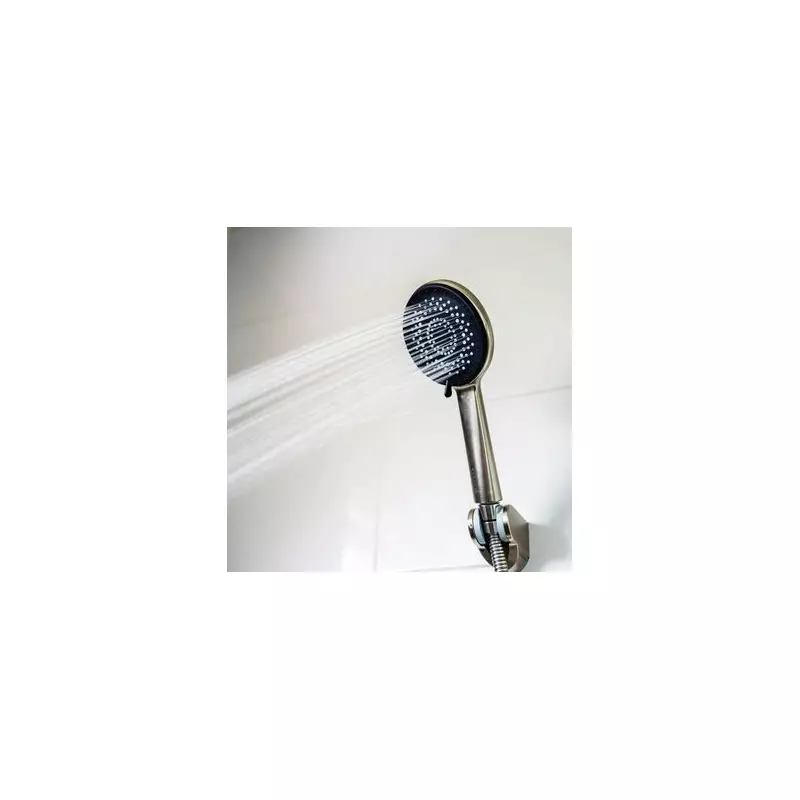
That unsightly black mould creeping across your bathroom tiles and grouting isn't just an eyesore - it's a health hazard lurking in one of your home's most humid spaces. Fortunately, banishing this stubborn fungus doesn't require expensive chemicals or professional cleaners.
Why Your Bathroom Becomes a Mould Magnet
Bathrooms provide the perfect breeding ground for mould spores, with consistent moisture from showers, poor ventilation, and organic materials like soap scum feeding their growth. Left untreated, mould can damage surfaces and potentially trigger respiratory issues.
Your Arsenal Against Bathroom Mould
You likely already possess powerful mould-fighting weapons in your kitchen cupboard. Here are the most effective solutions:
The White Vinegar Powerhouse
Undiluted white vinegar stands as one of nature's most potent mould destroyers. Simply spray it directly onto affected areas, leave for an hour, then scrub away. The acidic properties break down mould at its roots while deodorising surfaces.
Bicarbonate of Soda Scrub
Create a paste using bicarbonate of soda and water for tackling tougher mould patches. The mild abrasiveness helps lift stains without damaging surfaces, while its alkaline nature prevents regrowth.
Bleach: The Nuclear Option
For severe cases, diluted bleach can obliterate visible mould. However, remember it only removes surface stains without addressing the root cause, and proper ventilation is crucial during use.
Prevention Beats Cure Every Time
Eliminating existing mould represents only half the battle. Implementing these simple habits will keep your bathroom mould-free:
- Ventilate religiously: Open windows during and after showers, and ensure extractor fans function properly
- Wipe down surfaces: Regularly dry shower screens, tiles, and basins to remove excess moisture
- Fix leaks promptly: Dripping taps and leaking pipes create constant damp conditions mould adores
- Use dehumidifiers: In poorly ventilated bathrooms, these devices work wonders reducing humidity
- Clean regularly: Don't allow soap residue and grime to build up, providing food sources for mould
When to Call the Professionals
While most bathroom mould responds well to DIY treatments, extensive mould growth (covering more than one square metre) or mould returning persistently despite your efforts indicates a deeper moisture problem requiring expert assessment.
By combining these cleaning techniques with consistent preventive measures, you can transform your bathroom from a mould nursery into a fresh, healthy space your whole family can enjoy without concern.





